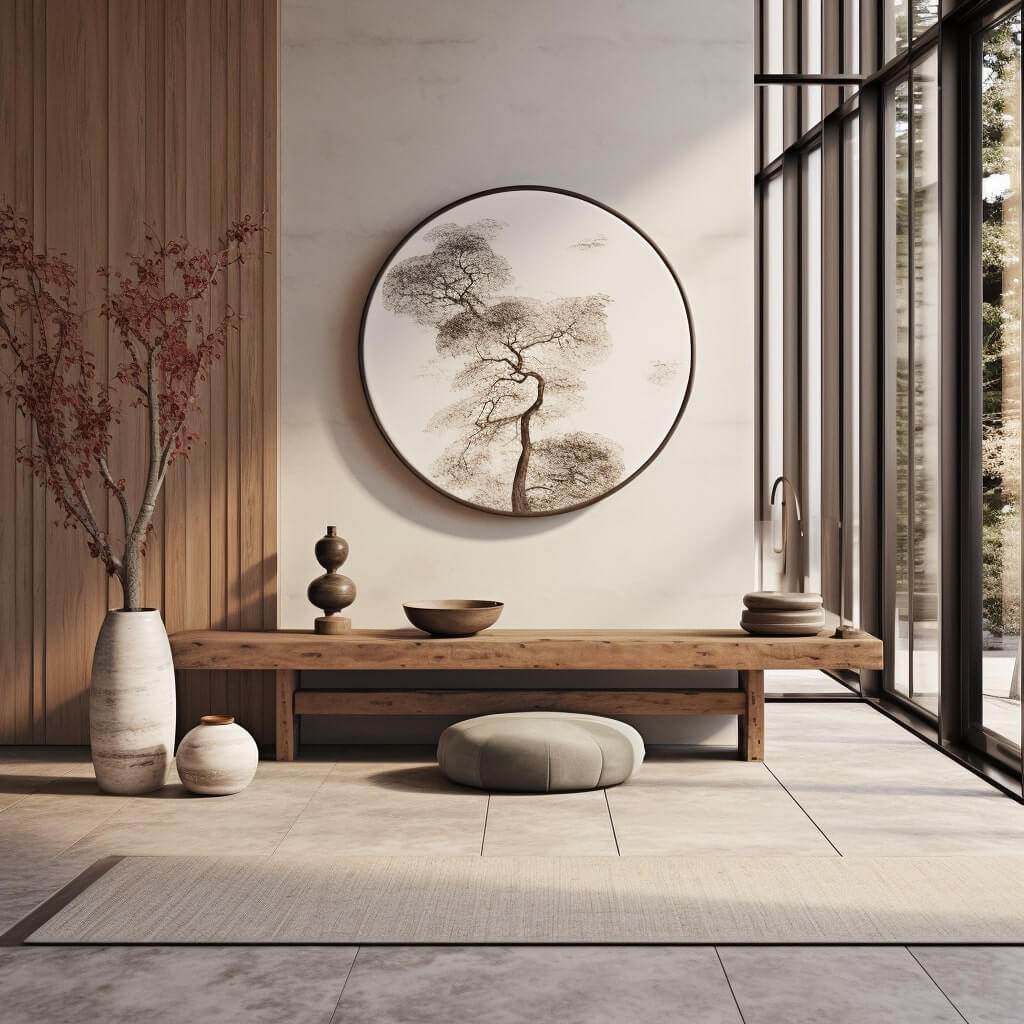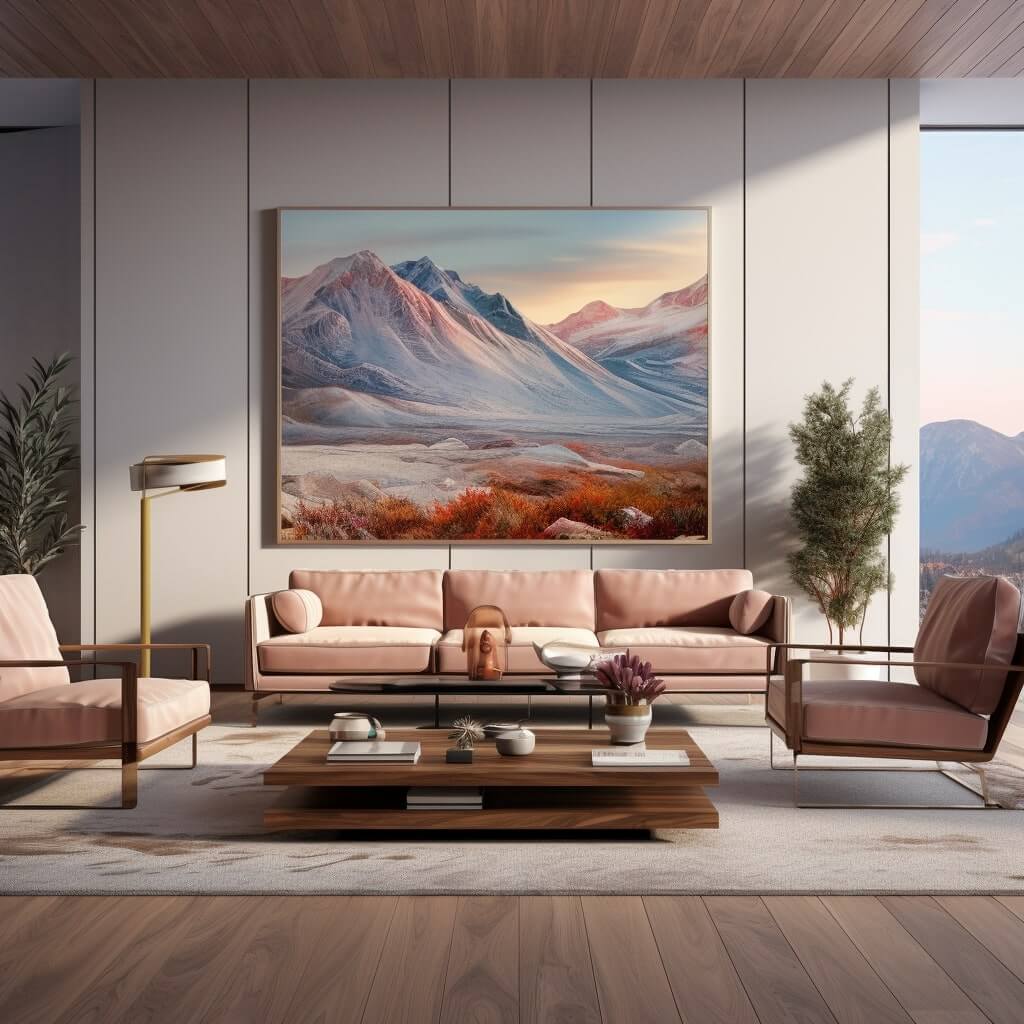Welcome to the world of golden ratio interior design! If you’re looking to create spaces that are not just beautiful but also harmonious, you’ve come to the right place. As someone who has navigated the fascinating journey of interior design, I’m excited to share my insights and experiences with you.
Understanding the Golden Ratio
The golden ratio, often denoted by the Greek letter phi (Φ), is approximately equal to 1.618. This mathematical concept has captivated artists and architects for centuries, and it plays a significant role in creating visually appealing designs.
Historical Significance
From the Parthenon in Greece to Leonardo da Vinci’s masterpieces, the golden ratio has been used to capture beauty and balance. Its application in design helps create proportions that are pleasing to the eye.
Golden Ratio Formula
The precise formula of the golden ratio is expressed as:
φ = (a + b) / a = a / b
Where a is the larger segment, and b is the smaller segment. This formula can be applied in various aspects of design, including layout and furniture arrangement.
Why Use the Golden Ratio in Interior Design?
When it comes to interior design, using the golden ratio can enhance both aesthetics and functionality.
Pros and Cons of Golden Ratio Interior Design
| Pros | Cons |
|---|---|
| Creates visually appealing spaces | May require careful planning |
| Enhances harmony and balance | Can be complex to implement |
| Historical and artistic significance | Not always practical for small spaces |
| Encourages creativity in layout | May lead to overthinking designs |
Applying the Golden Ratio in Interior Design
Now that you understand the importance of the golden ratio, let’s explore how to incorporate it into your design. Below are practical steps and personal experiences to guide you.

1. Furniture Arrangement
When arranging furniture, aim for asymmetry that adheres to the golden ratio. For instance, place a couch that is 1.618 times longer than the coffee table.
Personal Tip: I once redesigned my living room by using the golden ratio in my furniture layout. I found it not only more visually appealing but also more functional for hosting friends!
2. Proportion of Walls and Windows
Incorporate the golden ratio when selecting wall sizes and window placements. This means ensuring that the dimensions of your windows fall in line with the ratio.

3. Color Palette
Designing with color can also benefit from the golden ratio. Use 60% of a dominant color, 30% of a secondary color, and 10% of an accent color to create a balanced look.
Color Example:
- Dark Blue (60%)
- Light Gray (30%)
- Coral (10%)

4. Artwork Placement
When hanging artwork, aim for placement that adheres to the golden ratio. For example, position the center of the artwork at a height that is 61.8% of the wall’s total height.
5. Accessory Placement
Utilize accessories like vases and cushions in proportions that match the golden ratio. This method creates a cohesive and harmonious environment.

Case Studies: Golden Ratio in Real Homes
Let’s look at some inspiring examples where homeowners have effectively implemented the golden ratio in their interiors.
Example 1: Modern Minimalist Living Room
A homeowner utilized the golden ratio in a minimalist living space, with a long sofa (1.618 times the length of a coffee table) and art pieces strategically placed according to proportion.

Example 2: Cozy Dining Area
In a dining area, the table and chairs were arranged following the golden ratio, creating a perfect flow and balance that encouraged conversation.
FAQs about Golden Ratio Interior Design
What is the golden ratio in design?
The golden ratio is a mathematical proportion (1:1.618) that is aesthetically pleasing and is often used in design for balance and harmony.

How do I measure the golden ratio in my space?
To measure the golden ratio, divide the larger area by the smaller area; aim for a ratio close to 1.618.
Can I use the golden ratio in any style of interior design?
Absolutely! The golden ratio can enhance any design style, from modern to traditional, by providing balance and harmony.
Is it necessary to follow the golden ratio strictly?
No, it’s more of a guideline. Feel free to adapt it according to your personal style and preferences.